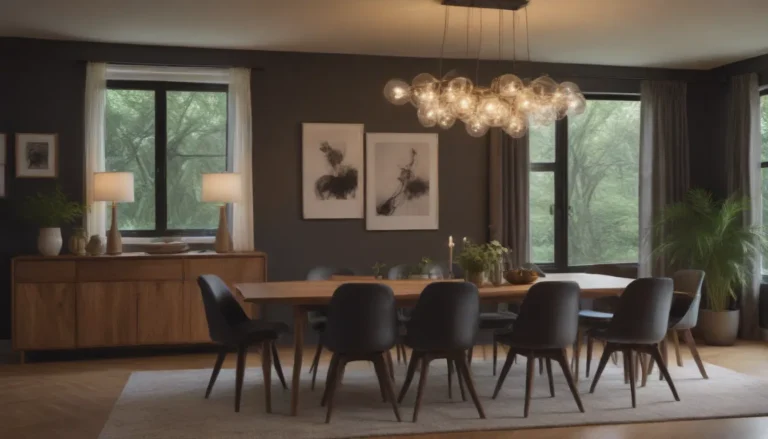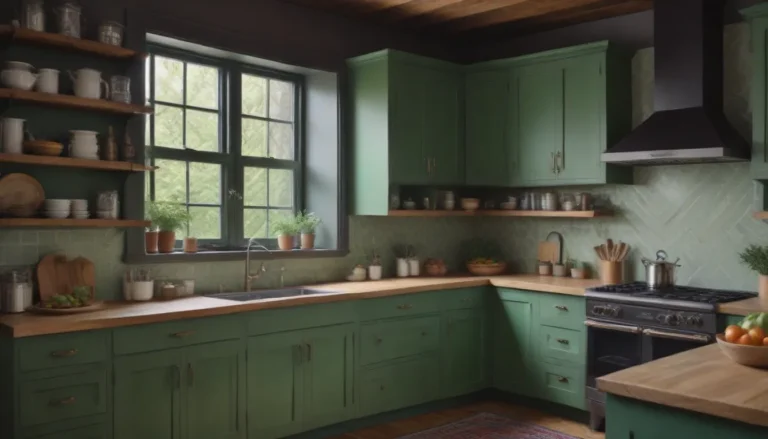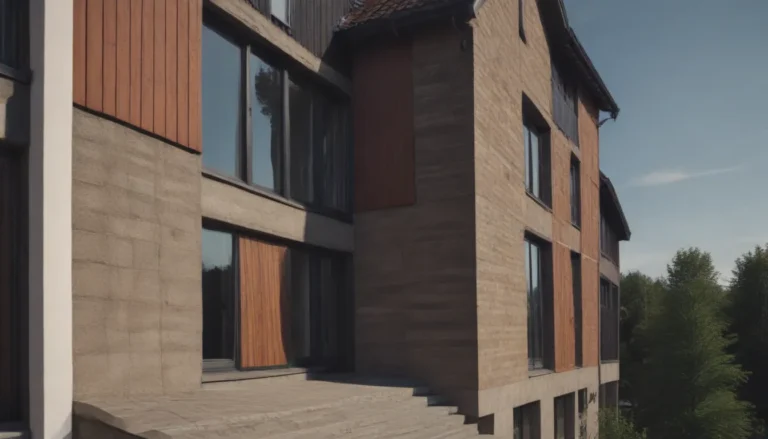Exploring the Distinctions Between Veranda and Porch: A Detailed Comparison

When it comes to outdoor living spaces, the terms “veranda” and “porch” are often used interchangeably. However, there are subtle differences between the two that are worth exploring. In this comprehensive guide, we’ll delve into the similarities and distinctions between a veranda and a porch, helping you make an informed decision when choosing the right outdoor feature for your home.
Understanding Veranda vs. Porch
Veranda and porch both refer to outdoor areas that are attached to a home, providing a covered space to enjoy the outdoors. While all verandas are porches, not all porches are verandas. Let’s break down the structural and usage differences between these two architectural elements:
Veranda:
- Wraps around the front and side of a house
- Used primarily as a separate outdoor living space
- A sprawling, liveable area that can accommodate furniture
- Always open-aired with a roof
- May or may not have a railing
A veranda is often associated with elegance and grandeur, typically found in larger homes or historical buildings. It serves as an extension of the living area, offering a space for relaxation and outdoor entertaining. Verandas are commonly seen in picturesque Gothic revival homes and sprawling southern estates in the United States.
Porch:
- Extension from the front or back door
- Serves multiple purposes from landing to outdoor living space
- Can be any size from small to sprawling
- Screened or open-aired with a roof
- Always built with a railing
On the other hand, a porch is more functional in nature, often serving as a transition space between the indoors and outdoors. It can be simple or elaborate, depending on the design of the home. Porches come in various sizes and styles, ranging from small entryway porches to spacious outdoor living areas.
Key Distinctions:
- A veranda is typically larger and more elaborate than a porch
- Verandas always have a roof and are fully open to the outside
- Porches are often enclosed or partially enclosed
- Verandas are designed for outdoor living, while porches are more of a transitional space
Key Features of Verandas and Porches
Let’s take a closer look at the key features of verandas and porches to better understand their roles in enhancing the overall aesthetics and functionality of a home.
Verandas:
- Open-Air Design: Verandas are always open to the outdoors, providing a seamless connection with nature.
- Roofed Structure: A veranda is characterized by its roof, offering protection from the elements while enjoying the outdoors.
- Spacious Layout: Verandas are deep structures that can accommodate full seating or dining furniture, creating an inviting outdoor living space.
- Historical Significance: Verandas are often associated with 19th-century Victorian homes and southern estates, adding a touch of elegance to the architecture.
Porches:
- Transitional Space: Porches serve as a transition area between the indoors and outdoors, welcoming guests into the home.
- Roofed and Railed: Porches typically have a roof and railing for added safety and protection.
- Varied Sizes: Porches come in all sizes, from small entryway porches to larger wrap-around porches.
- Functional Design: Porches can serve multiple purposes, from providing shelter to creating a cozy sitting area outside the home.
Additional Outdoor Living Spaces
In addition to verandas and porches, there are other outdoor living spaces that offer unique features and functionality. Let’s explore some of these options:
Patios:
- Freestanding spaces not fully attached to a larger structure
- Typically used for outdoor dining or lounging
- Can be paved or gravel surfaces, offering versatility in design
Gazebos:
- Standalone structures with a roof and open sides
- Ideal for outdoor gatherings or as a focal point in the garden
- Provide shade and shelter in a garden or backyard setting
Pergolas:
- Open-air structures with a framework of vertical posts and crossbeams
- Often used to support climbing plants or create a shaded seating area
- Add a touch of elegance and style to outdoor spaces
Historical Origins of Verandas and Porches
The concept of verandas and porches has a rich history dating back to early American landscape design. The term “veranda” likely originated from the Indian or Portuguese word “varanda,” meaning a long balcony or terrace. Similarly, the Spanish word “baranda” translates to “railing,” reflecting the structural elements of these outdoor spaces.
In early American architecture, verandas and porches played a significant role in enhancing the visual appeal of homes and providing a functional outdoor living area. Whether inspired by Victorian elegance or Southern charm, these outdoor features continue to be a popular choice for homeowners looking to add character and style to their properties.
Choosing the Right Outdoor Feature for Your Home
When deciding between a veranda and a porch for your home, consider the following factors to make an informed choice:
- Size and Layout: Determine the amount of space available and how you envision using the outdoor area.
- Architectural Style: Choose a design that complements the overall architecture of your home.
- Functionality: Consider how you plan to use the outdoor space, whether for entertaining, relaxing, or a combination of both.
- Maintenance: Evaluate the upkeep required for each outdoor feature to ensure it remains in good condition over time.
By carefully weighing these factors and understanding the distinct characteristics of verandas and porches, you can create an outdoor living area that reflects your personal style and enhances the beauty of your home.
Final Thoughts
In conclusion, while verandas and porches share similarities as outdoor living spaces, they each offer unique features and functions that cater to different needs and preferences. Whether you prefer the elegance of a veranda or the practicality of a porch, both options provide opportunities to enjoy the beauty of nature and create meaningful connections with your outdoor environment.
By exploring the nuances of veranda vs. porch and considering the historical origins and design elements of these outdoor features, you can make an informed decision when enhancing your home with a stylish and functional outdoor living space. With the right choice, you can create a welcoming environment that invites you to relax, unwind, and enjoy the great outdoors right at your doorstep.





